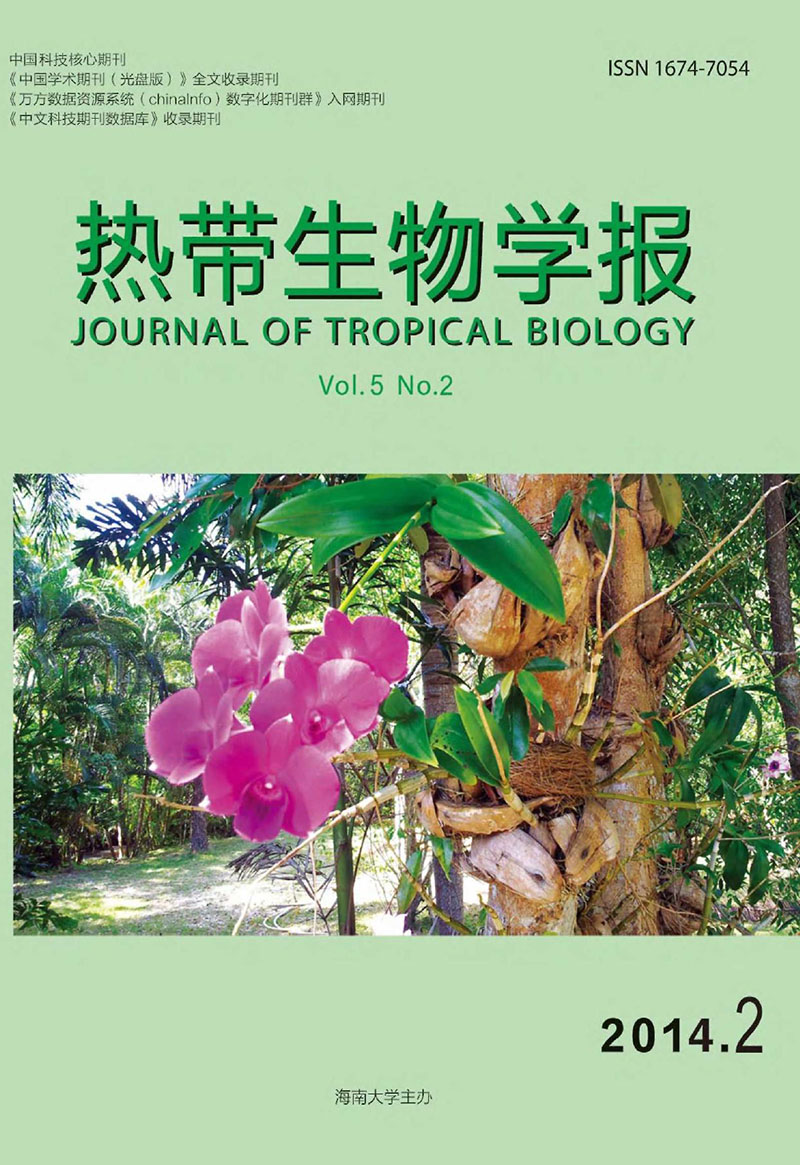Epoxy-resin Embedded Tissue Section and Staining of the Barks of Hevea brasiliensis
doi: 10.15886/j.cnki.rdswxb.2014.02.014
- Received Date: 2014-02-15
-
Key words:
- Hevea brasiliensis Mü /
- ll.Arg. /
- epoxy resin /
- tissue section
Abstract: Tissue sectioning and staining are basic technologies for dissecting plant tissue and organic structure.Rubber trees(Hevea brasiliensis Müll. Arg.) are the most important commercial source of natural rubber,and they produce and store latex in laticifers in the bark. Paraffin section stained with I- Br is usually used for observation of laticifer under light microscopy. The procedures of this method are complicated and time-consuming.Therefore,a technology for tissue section with tissue embedded in epoxy resin without using I- Br staining is introduced for laticifer observation under light microscopy,including fixation,dehydration,infiltration,embedding,polymerization,sectioning,staining,and mounting. Laticifer,xylem,cambium,vessel,phloemray radial,primary phloem ray fiber,cortex,and epidermis were well distinguished on the epoxy resin-embedded tissue sections by using 3 different stains. Furthermore,numerous cells and their inclusions that were scarcely observed in paraffin section,such as tannin,chloroplast,etc were also observed on the tissues embedded in epoxy resin. This technology is an improvement in paraffin-embedded tissue section under light microscopy for the bark of the rubber tree.
| Citation: | XU Jingwen, LIAN Wenjun, CAO Yuxin, XIA Zhihui, HUANG Xi. Epoxy-resin Embedded Tissue Section and Staining of the Barks of Hevea brasiliensis[J]. Journal of Tropical Biology, 2014, 5(2): 162-165,161. doi: 10.15886/j.cnki.rdswxb.2014.02.014 |






 DownLoad:
DownLoad: